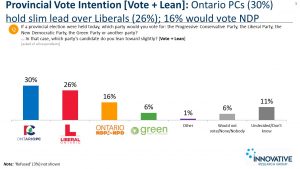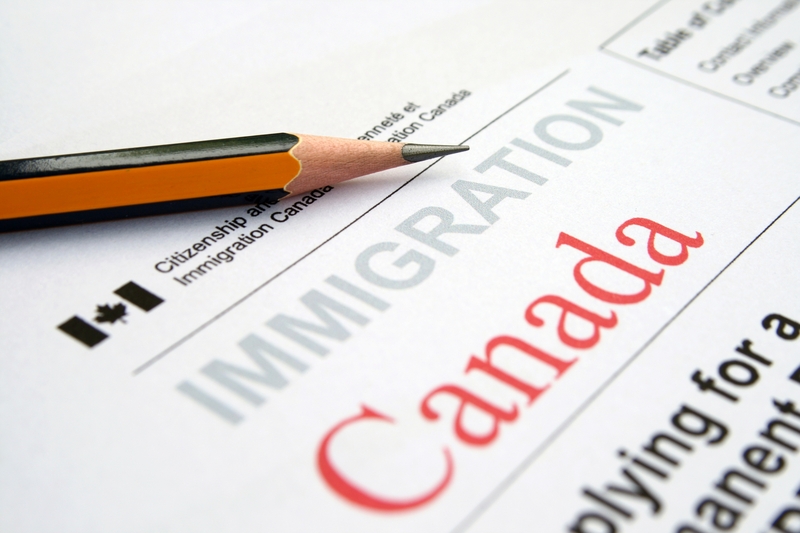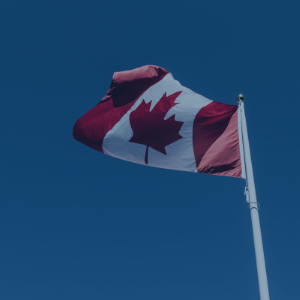If the election were held today, more Ontarians would vote for the Ontario PC’s than any other party. However, when we dig into the leadership numbers, issues and regions, a more nuanced picture emerges. Innovative Research Group Inc. (INNOVATIVE) conducted a mixed land line and cell live caller telephone survey of 600 respondents immediately following the Ontario Throne Speech. The margin of error is +/- 4.0 %, 19 times out of 20.

In addition to initial vote, the poll examined second choice preferences, party identification, time for a change and a leadership. Key findings include:
- Compared to a similar poll immediately before the last election, the PCs have experienced a significant gain in the number of people who say they identify most closely with the PCs. Liberal and NDP party identification numbers are within the margin of error.
- The NDP are now lead in PC second choice support while the PCs lead in NDP second choice. This is a major shift from the pattern of the last 20 years.
- Looking at conflicted voters, those who it is a time for a change statement and combine that agreement that “despite their problems the Liberals are the best party to form government”, we find the Liberal voter pool has slipped just 3 points. However, Liberal supporters are less passionate while Liberal opponents are more passionate than just before the last election.
- On leadership favourable, Patrick Brown has far fewer negatives than Tim Hudak had while Katheen Wynne has picked up a large number of negatives. Andrea Horwath has dropped in awareness but her reputation remains strongly positive with those who know her.
- On best Premier, the leaders are in a three-way tie with Kathleen Wynne significantly down from our pre-election poll.
Regionally, the story is more confused. In 2014, the Ontario Liberals won a majority with 58 seats in a legislature of 107. If they were to lose just 5 seats in the next election, the government would lose its majority. At the same time, the Ontario PC’s won 28 seats and the Ontario NDP won 21 seats, meaning that either party needs to make substantial gains in order to form the next government. Our survey found that while there has been a shift in support away from the Liberals in the North East CTA, the Liberals are holding their own in most other regions and in some cases may be gaining from the NDP.
To view the additional results, including regional breakdowns and full leader favourability ratings, fill out the form below to access to the full presentation.
































